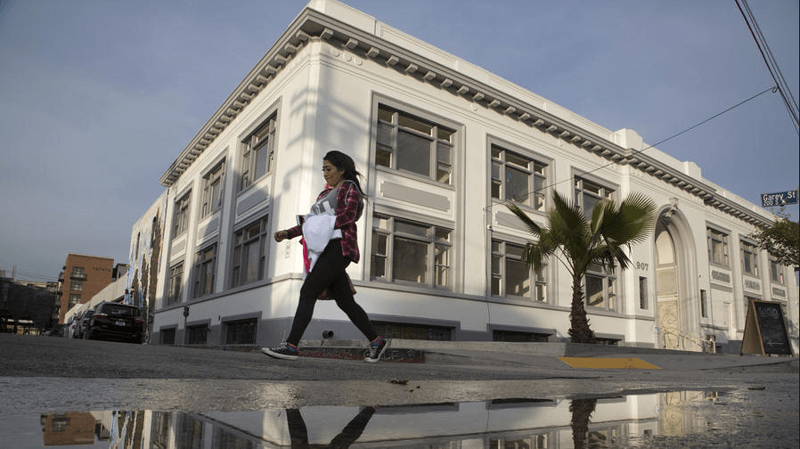Blue chip galleries have recently shown that commercial spaces are capable of producing museum-quality exhibitions–perhaps even more than museums themselves. Gagosian leads the pack, mounting scholar-curated solo exhibitions of artists such as Picasso and Rauschenberg, as does David Zwirner, who has organized important group exhibitions such as the recent “Concrete Cuba.” Hauser & Wirth will enter the Los Angeles art scene with a tailor-made space for these museum-grade shows in a former Pillsbury factory. The Swiss gallery’s commitment to the highest caliber of exhibition making even goes as far to partner with former LA MoCA Chief Curator Paul Schimmel to become Hauser Wirth & Schimmel. Notably, Schimmel does not sell work but only curates, and is permitted to borrow nonsalable works from institutions. This, of course, comes at huge expense to Hauser & Wirth.
So, why? Why mount museum-quality exhibitions with works that aren’t even sellable in a commercial gallery? One could argue that showing salable works in proximity to more renowned works will increase the salable work’s value. But perhaps the galleries’ impetus to show up museums is more abstract and strategic: When blue chip galleries have global reach, all the wealth one could imagine, access to celebrities and everything else that rich people like–what is left but reputation and prestige? Mounting the best exhibitions in the world may be the last power-play display left to wealthy galleries.
Below is an excerpt from Carolina Miranda’s article on the opening of Hauser Wirth & Schimmel for the Los Angeles Times.
Certainly, if anyone wanted a good example of the behemoths that the commercial gallery space race has generated, Hauser Wirth & Schimmel would be a prime example. At 100,000 square feet, the size of an average Home Depot, it is 15,000 feet bigger than the old Whitney Museum of American Art in New York (soon to be the Met Breuer), 13,000 feet bigger than the New Museum of Contemporary Art and a smidgen bigger than MOCA’s Grand Avenue location, which checks in at 98,000 square feet.
But in its configuration and its programming, the gallery promises to be more than just a cavernous warehouse showing REALLY BIG ART.
“We have spaces where we can show works on paper, photography, paintings,” Schimmel says. “A large warehouse is only good for certain types of installation. We have that too. But it’s not all we have.”
Of the 100,000 square feet, only 30,000 is exhibition space. The education lab, programmed by former MOCA education manager Aandrea Stang, will feature lectures, concerts and events for kids. A research room will provide additional reading related to ongoing shows.
And then, of course, there is the art. In addition to contemporary works by the gallery’s stable of international artists (including important L.A. figures such as Paul McCarthy, Mark Bradford and Richard Jackson), there will also be museum-grade exhibitions organized by Schimmel and other curators.
…
To be certain, Hauser & Wirth isn’t the only gallery to do curated museum-grade exhibitions with accompanying publications or create public programming.
Gagosian Gallery and David Zwirner gallery in New York have organized academic shows devoted to Pablo Picasso and the California Light and Space movement, respectively. Zwirner has an extensive research department and its own publishing imprint, which releases more than a dozen titles a year.
In Los Angeles, Blum & Poe has staged important curated exhibitions on the abstract Dansaekhwa movement of Korea and the Mono-ha artists of Japan. And Roberts & Tilton produced and published “L.A. Object,” a key book that explores the history of African American assemblage artists in Los Angeles. The title features important contributions by scholars such as Kellie Jones of Columbia University.
“Galleries doing this type of work is not new,” Schimmel says. “In the late 19th century, you had the French dealer, Paul Durand-Ruel, who exhibited the Impressionists. Some of his exhibitions were five years in the making. By today’s standards, it would be a museum-grade exhibition.”
*Image: Hauser Wirth & Schimmel, Nish Nalbandian / For The Times. Hauser Wirth & Schimmel occupies an entire city block on East 3rd Street in the downtown Arts District. Of the 100,000 square feet, 30,000 is reserved for exhibition space.
